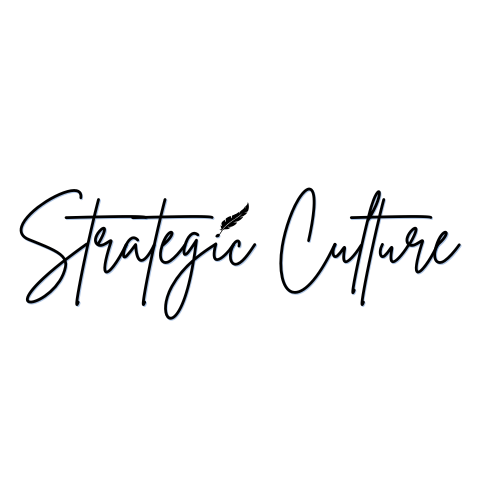Exercise: Strategize your product
Strategizing your product effectively is crucial for achieving long-term success.
Whether you’re launching a new product, looking to grow your brand, or fine-tuning an existing one, a solid strategy can guide your actions and decisions. Here’s a step-by-step exercise to help you strategize your product:
Step 1: Define Your Product and Its Purpose
Start by clearly defining what your product is and why it exists. Think about:
- What problem does your product solve?
- What need does it fulfill for your target market?
- What makes it unique or different from others in the market?
- How does it add value to your audience’s life?
Example:
For a music artist or band, your “product” is your music and the experience you offer. The purpose might be to inspire, entertain, and connect people through your sound and messages. The unique element could be your genre-blending style, lyrics, or stage presence.
Step 2: Know Your Target Market
Understanding your target market is essential for shaping your product and your strategy. Take some time to research and analyze:
- Who are your ideal customers?
- What are their pain points, desires, and behaviors?
- What are their demographics (age, location, income level, etc.)?
- What social media platforms or communication channels do they use most?
Create a customer persona to represent your ideal audience. This will guide your decisions on messaging, design, and distribution channels.
Example:
For a music artist, your target market could be 18-35-year-olds who are passionate about indie rock and attend live shows. They may primarily discover new music through platforms like Spotify, Instagram, or YouTube, and they value authenticity in the artists they follow.
Step 3: Perform a SWOT Analysis
A SWOT analysis (Strengths, Weaknesses, Opportunities, Threats) helps you evaluate where your product stands in the market and what factors might affect your success.
- Strengths:
What are your product’s unique advantages? What are you doing well that others aren’t? (e.g., you have a strong social media presence or a loyal fanbase) - Weaknesses:
What areas do you need to improve? Are there gaps in your product or strategy? (e.g., limited marketing budget or lack of visibility in key markets) - Opportunities:
What external opportunities can you leverage? Are there new trends or partnerships that could benefit your product? (e.g., new social media platforms, collaborations with influencers, or increasing interest in your genre) - Threats:
What external factors could negatively impact your product or market? (e.g., increased competition, changes in consumer behavior, economic downturns)
Example:
For a musician, strengths might include a unique sound or a loyal fanbase. Weaknesses could be limited access to distribution channels or inconsistent release schedules. Opportunities might be a rise in live streaming concerts or a trend in music genre fusion. Threats could include larger, more established artists dominating the mainstream or changes to streaming algorithms.
Step 4: Develop Your Value Proposition
Your value proposition explains why customers should choose your product over others. It’s the unique combination of benefits, features, and emotions that your product delivers to solve the customer’s problem or fulfill their need.
Ask yourself:
- What are the key benefits of your product?
- How does it make life easier, better, or more enjoyable for your customer?
- What makes your product stand out in a crowded market?
Create a clear, concise value proposition statement that can guide all your marketing and messaging.
Example:
For a musician:
“We provide music that blends indie rock with electronic beats, creating an immersive, high-energy experience that makes every listener feel like they’re part of a movement.”
Step 5: Plan Your Pricing Strategy
Pricing plays a key role in how your product is perceived and how much value it communicates. Consider:
- How much are customers willing to pay for your product?
- What is the perceived value of your product versus competitors?
- How do you want to position your product (premium, mid-tier, budget)?
- Are you offering different tiers or packages (e.g., basic, deluxe, or subscription-based)?
Example:
For a musician, pricing could include:
- Streaming revenue (Spotify, Apple Music, etc.)
- Merchandise (t-shirts, posters, vinyl)
- Ticket sales for concerts or live shows
- VIP experiences (meet-and-greets, exclusive content)
Step 6: Choose Your Distribution Channels
How and where will your product be sold or delivered to customers? Your choice of distribution channels can influence your reach, pricing, and audience engagement.
- What platforms or stores will your product be available on?
- Will you sell directly through your website, third-party platforms (like Amazon, Etsy), or retail partners?
- Are there alternative distribution methods, such as email campaigns, partnerships, or collaborations?
Example:
For a musician, distribution channels might include:
- Streaming platforms like Spotify, Apple Music, and YouTube.
- Live performances and ticket sales through Eventbrite or concert venues.
- Merchandise available via your website or through third-party platforms (like Bandcamp or Etsy).
Step 7: Create a Marketing Plan
A solid marketing plan is essential for driving awareness and attracting customers. Consider:
- What types of content will you create to engage your audience (social media posts, blogs, videos)?
- Which marketing tactics will you use (paid ads, influencer partnerships, email campaigns, SEO, content marketing)?
- What’s your launch strategy? How will you get people excited and aware of your product?
Example:
For a musician, your marketing plan could include:
- Social media: Share teasers, behind-the-scenes footage, and upcoming release dates.
- Email marketing: Build an email list to keep fans updated on new releases, tour dates, and exclusive offers.
- Influencer/Brand partnerships: Collaborate with fashion brands, music influencers, or local venues to expand your reach.
Step 8: Measure, Analyze, and Optimize
Once your product is launched and your marketing efforts are in motion, it’s important to continually monitor your results:
- Track sales and engagement metrics (website traffic, social media interactions, conversion rates).
- Analyze the effectiveness of different marketing channels (which platforms bring the most traffic or sales).
- Optimize your strategy based on data, adjusting content, pricing, or distribution methods to improve performance.
Example:
For a musician, this could mean monitoring how many streams your latest track gets, how much merchandise you’re selling, or how well your social media ads perform in terms of ticket sales.
Step 9: Iterate and Evolve
Your strategy is never set in stone. The market is always changing, and so is your audience. Regularly revisit your product strategy to adapt to new trends, consumer preferences, and business challenges. Keep innovating and stay open to feedback from your audience.
Final Thoughts:
Strategizing your product is an ongoing process of research, creativity, and analysis. It’s about staying in tune with your audience, being clear about your value proposition, and continuously optimizing your approach to deliver value and grow your business.
By working through these steps, you’ll have a clearer vision for your product and a strategy that aligns with your goals—whether you’re in music, fashion, tech, or any other industry.

Till next time, take care and keep shining! 👋🏽✌🏽🐝✨



Leave a Reply